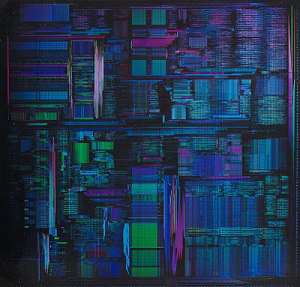

In 1994, when Intel launched the Pentium processor that was central to the emergence of the personal computer as an everyday consumer product, more than half of worldwide processor production was based at Leixlip. Over the next decade, the Irish plant produced one billion Pentium chips. Intel went on to invest over €6 billion at the site, making it the most technologically advanced industrial location in Europe.
Such a development was unimaginable in the 1950s—and not simply because no one predicted the rise of information technology. Ireland was a declining economic backwater, with little sophisticated industry, few global trade links and a poorly educated workforce. The road to Fab 10 began with Ken Whitaker’s previously mentioned ‘Programme for economic expansion’, written in 1958. It was a catalyst for changes that by then were already under way—a shift from economic protectionism to an attempt to attract foreign investment through low corporate taxes. It also provided cover for a major policy shift by the dominant Fianna Fáil party, whose leader Seán Lemass backed Whitaker’s strategy.
Change was gradual and, for a long time, seemed likely to shore up rather than threaten established institutions. Nevertheless, the economic boom of the 1960s prepared the ground for a relatively smooth transition to membership of the European Union in 1973.
The belated introduction of free secondary education in 1968 began the formation of a more skilled workforce. Most importantly, Ireland ceased to be a primarily rural society.
Ireland’s adjustment to globalisation was by no means easy. The process ran into severe trouble in the 1980s: new jobs failed to keep pace with a burgeoning population and the decline in older industries in the face of international competition. US-led investment took off again in the mid-1990s, however, just as Intel was launching the Pentium. Ireland became the number one location worldwide for US information technology companies and number three for chemicals—exemplified by Pfizer’s decision to manufacture its hugely successful Viagra drug exclusively in Ireland. Such investment brought energy, prestige and optimism. As Ireland moved into the twenty-first century, its long history of conflict, emigration and poverty seemed, at last, to be over.